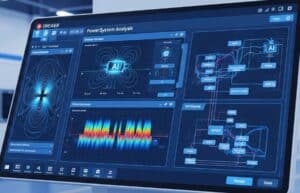
Online AI tools are rapidly transforming electrical engineering by augmenting human capabilities in circuit design, system analysis, electronics manufacturing, and power system maintenance. These AI systems can process vast amounts of simulation data, sensor readings, and network traffic, identify complex anomalies or performance bottlenecks, and generate novel circuit topologies or control algorithms much faster than traditional methods. For instance, AI can assist you in optimizing PCB layouts for signal integrity and manufacturability, accelerate complex electromagnetic or power flow simulations, predict semiconductor device characteristics, and automate a wide range of signal processing and data analysis tasks.
ستساعد المطالبات المقدمة أدناه، على سبيل المثال، في التصميم التوليدي للهوائيات أو المرشحات، وتسريع عمليات المحاكاة (SPICE، ومحاكاة المجال الكهرومغناطيسي، وتحليل استقرار نظام الطاقة)، والمساعدة في الصيانة التنبؤية حيث يحلل الذكاء الاصطناعي بيانات المستشعرات من محولات الطاقة أو مكونات الشبكة للتنبؤ بالأعطال المحتملة، مما يتيح الصيانة الاستباقية وتقليل وقت التعطل، والمساعدة في اختيار مواد أشباه الموصلات أو الاختيار الأمثل للمكونات (على سبيل المثال، اختيار أفضل مصباح تشغيل لمعلمات محددة)، وغير ذلك الكثير.
- هذه الصفحة خاصة بنطاق واحد. إذا لزم الأمر، يمكنك الحصول على إمكانيات بحث كاملة حسب جميع المجالات وجميع المعايير في > دليل موجهات الذكاء الاصطناعي <, dedicated to product design and innovation.
- نظرًا لموارد الخادم والوقت، فإن المطالبات نفسها محجوزة للأعضاء المسجلين فقط، ولا تظهر أدناه إذا لم تكن مسجلاً. يمكنك التسجيل، 100% مجاناً:
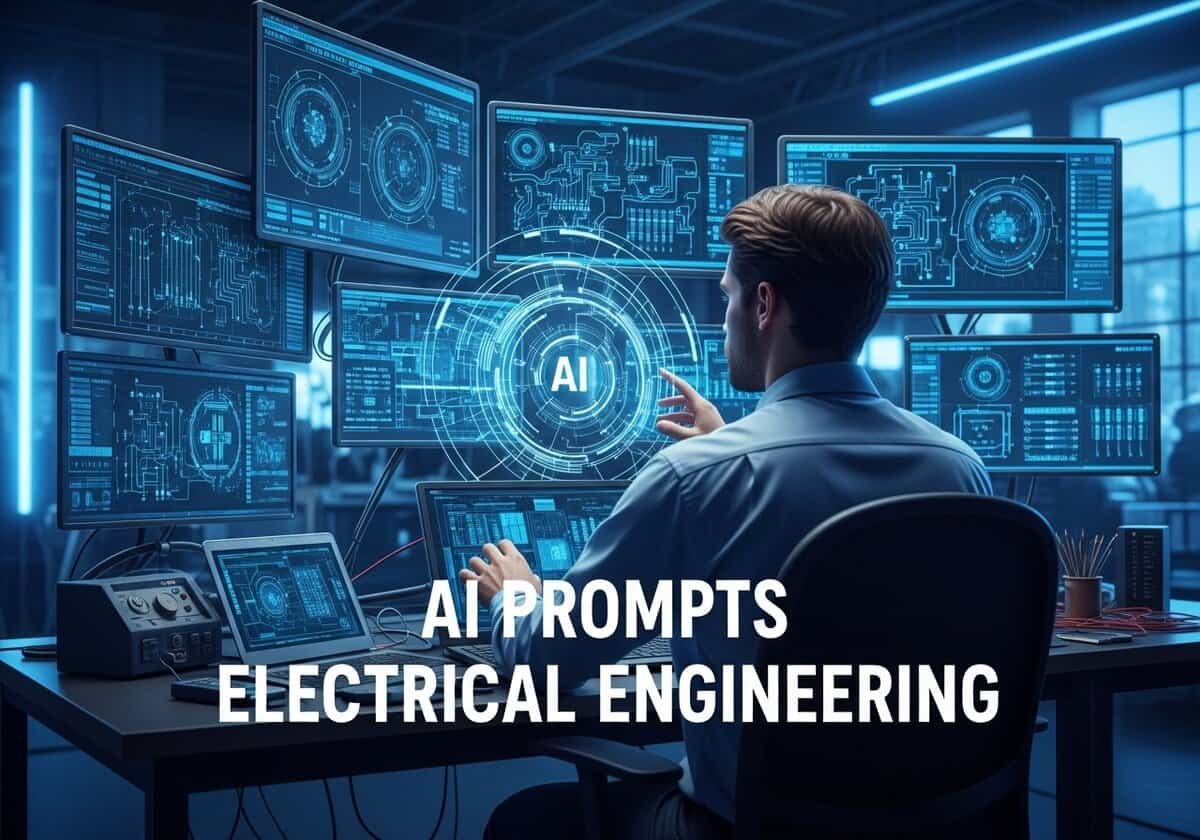





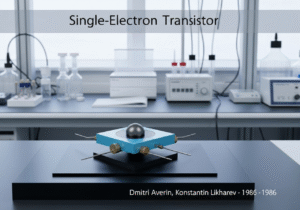
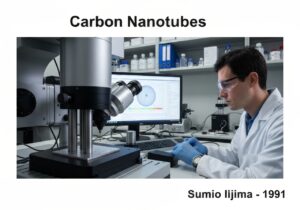



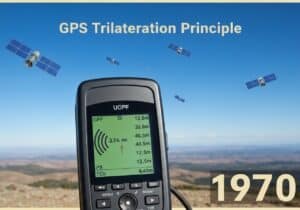



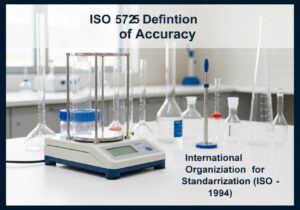














هل تعتمد فعالية الذكاء الاصطناعي في توليد المطالبات إلى حد كبير على جودة البيانات المدخلة؟
المشاريع الهندسية أيضاً؟ دعنا نناقش ذلك أيضاً.
الذكاء الاصطناعي ليس حلاً سحرياً لكل المشاكل!